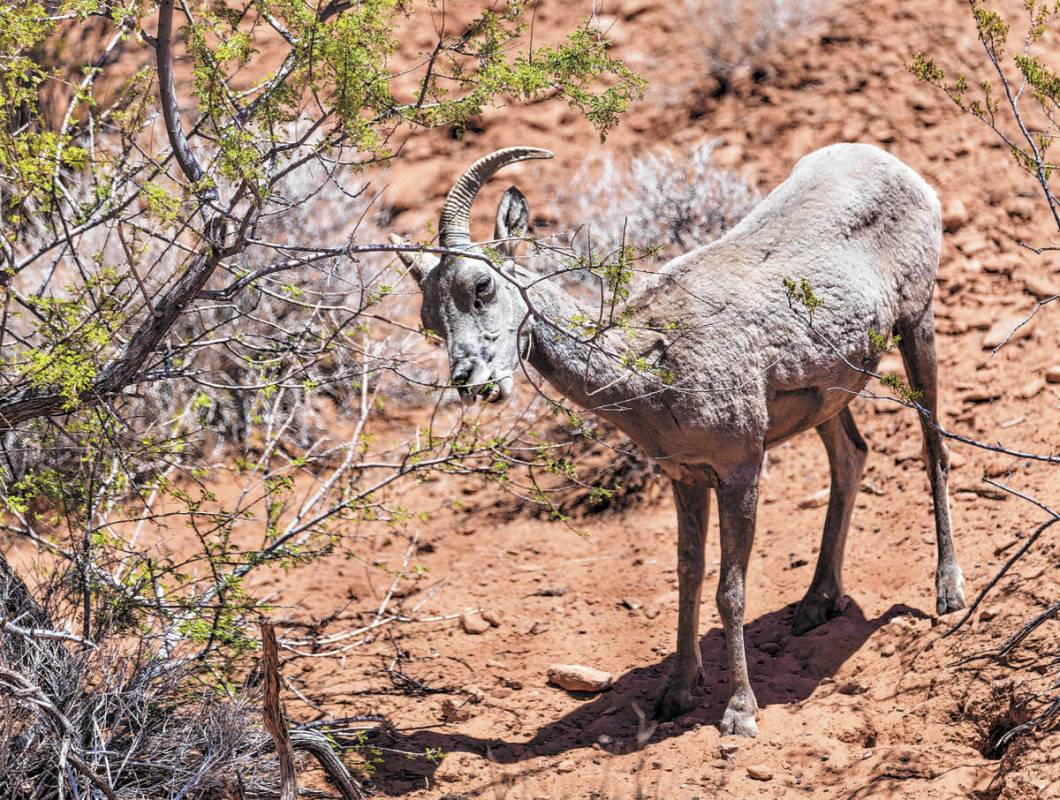
DEATH VALLEY, Calif. — A true symbol of Nevada and the American Southwest is being studied by researchers in Death Valley National Park.
They’re looking at bighorn sheep to study links between movement, genetics and disease.
Diseases pose one of the largest threats to the survival of desert bighorn sheep, researchers say. There are fewer than 70,000 bighorn sheep in North America and about half of those live in Nevada and surrounding states. Their populations have fallen from around 2 million at their peak.
Bighorn sheep were exposed to new diseases when domestic sheep and goats were brought into the West.
Some diseases are common and relatively minor in domestic sheep and goats, but can be deadly for bighorn sheep. However, some herds respond better to disease than others do and the researchers want to know why.
Positives and negatives of migration
The answer, researchers believe, could be key to protecting bighorn sheep in the region.
“While most desert bighorn sheep spend their lifetimes within a single mountain range, some ewes and rams journey between mountain ranges,” according to Death Valley National Park officials. “These wanderers create important genetic diversity, but they can also spread disease between herds.”
While some herds interact with many wandering sheep, other herds are more isolated.
Researchers at Oregon State University think that difference affects how bighorn sheep immune systems evolved, which could explain why some herds are more resistant to certain diseases.
Tracking collars
OSU is now working with the National Park Service and the California Department of Fish and Wildlife to study the question in Death Valley.
“In November and early December, park visitors might have seen bighorn sheep hanging from a helicopter,” park officials said. “The helicopter captured and transported 60 sheep to level ground for biologists to be able to safely do their work. Researchers collected genetic, disease, immune, and microbiome samples from each bighorn sheep. They then fitted each sheep with a GPS tracking collar.”
The GPS collars will help produce the most accurate picture of the location, movement, and size of desert bighorn herds in Death Valley to date.
They will also provide real-time monitoring of how bighorn sheep respond to challenges such as disease, human activities, and climate change.
Contact reporter Selwyn Harris at sharris@pvtimes.com. On Twitter: @pvtimes